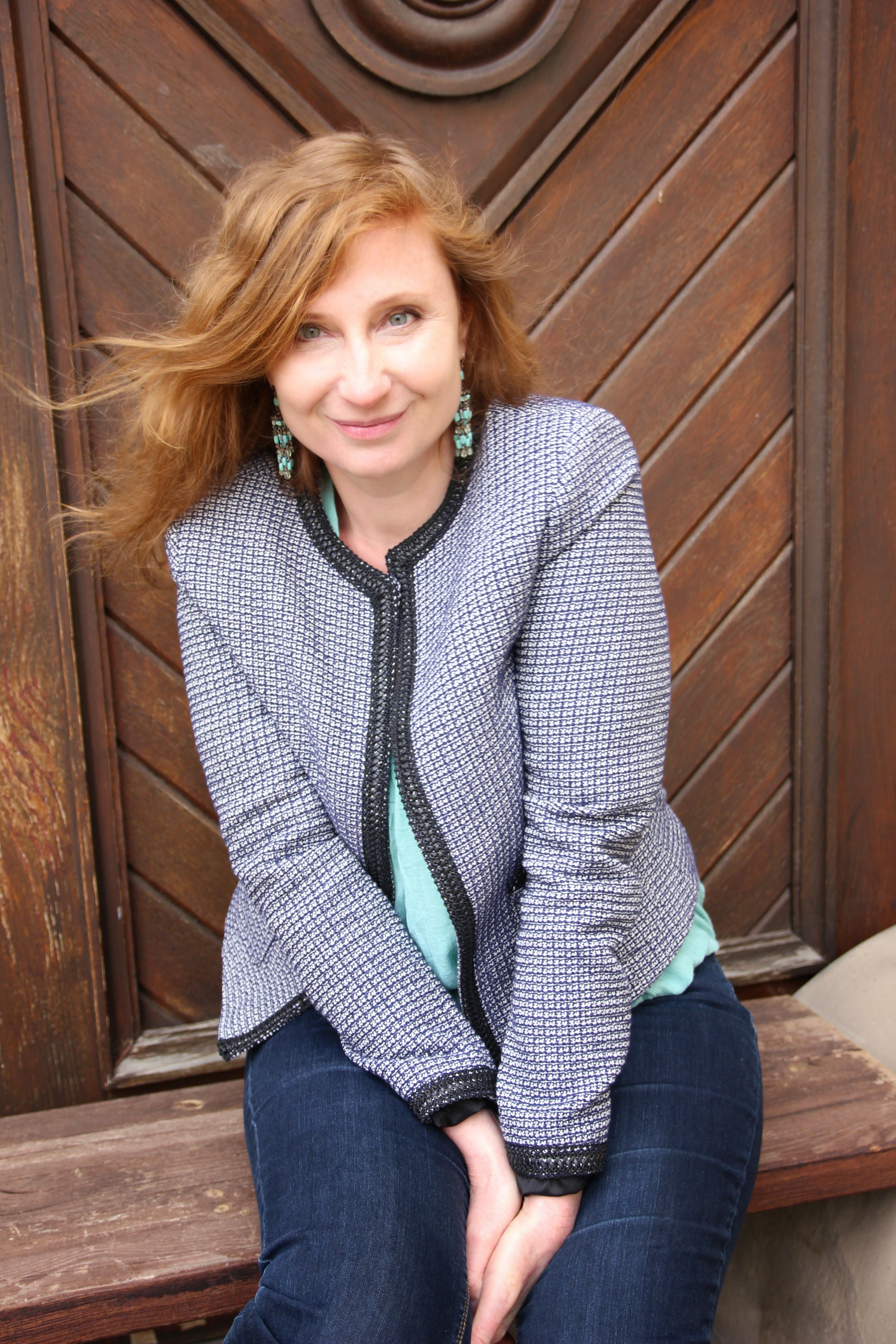Joanna Dobkowska-Kubacka
Is a female able to create? Women’s aspirations to become professional artists in the 19th century Kingdom of Poland
Joanna Dobkowska-Kubacka, PhD studies in Humanities at the Faculty of Philosophy and History of the University of Łódź

I graduated with a master's degree in history of art at the University of Warsaw. My master's thesis was about the iconography of heretics in Latin Europe's art from 9th to the 16th century. Then I undertook post-graduate studies in history at the University of Warsaw and as a subject of research I chose the emancipation of women in 19th century in Kingdom of Poland. When I was wondering about such a shift in my scientific interests, I came to the conclusion that both these issues (heretic movements, women's emancipation) are linked by the motif of rebellion against existing conventions, be they religious or social, and that the factor of rebellion is precisely what makes the research topic attractive to me.
Now, I am a student of the fourth (last) year of full-time PhD studies in Humanities at the Faculty of Philosophy and History of the University of Łódź. My doctoral dissertation concerns the socio-economic situation of Polish women from the gentry and the intelligentsia in the Kingdom of Poland in the second half of the 19th century. It focuses on the issues of women's educational and professional aspirations, especially the professional practice of art. My aim is also to analyze the reflection of the phenomenon of emancipation in the Polish press in the second half of the 19th century, especially the attitude towards this phenomenon of women's magazines, which ambition that time was to launch a model of new Polish woman. My research takes into account the emergence of women's press in western Europe and North America too. I intend to conduct a comparative analysis between women's foreign press and the Polish one. It is all the more justified because quotations from the European or American press, references to articles published there, appeared in Polish magazines. The question arises as to the key to their selection. Tracing the reception of patterns coming from both the neighboring countries of Poland and overseas, would highlight the specific features of the propagated new model of a Polish woman in 19th century.
In 2018 I got an Erasmus+ scholarship to study in the winter semester at the Facultad de Geografía e Historia, University of Santiago de Compostela in Spain. The thesis I wrote in Spanish was a comparative analysis of the situation of Spanish and Polish female artists in the second half of the 19th century.
Last years I also have been working as a journalist and editor in many Polish magazines. I have written three books which were published - two novels and one popular science book. The last one (which I actually wrote in the cooperation with a friend) titled "W cieniu koronkowej parasolki. O modzie i obyczajach w XIX wieku" ["In the shade of a lace umbrella. About fashion and customs in the 19th century"] won an award at The Best Popular Science Book Competition at the Academic and Popular Science Book Fair 2017 organized by Adam Mickiewicz University in Poznan (Poland) and Poznan International Fair.
Privately I like very much hiking in the mountains and forests.